When you think of wild parties, images of humans celebrating with drinks and music may come to mind. However, the animal kingdom is filled with creatures that know how to celebrate life in their own thrilling—and often bizarre—ways. From intoxicated elephants to hilarious mating dances of birds, join us on a journey through ten unforgettable animal parties that would put our celebrations to shame!
1. Elephants: The Unlikely Party Animals
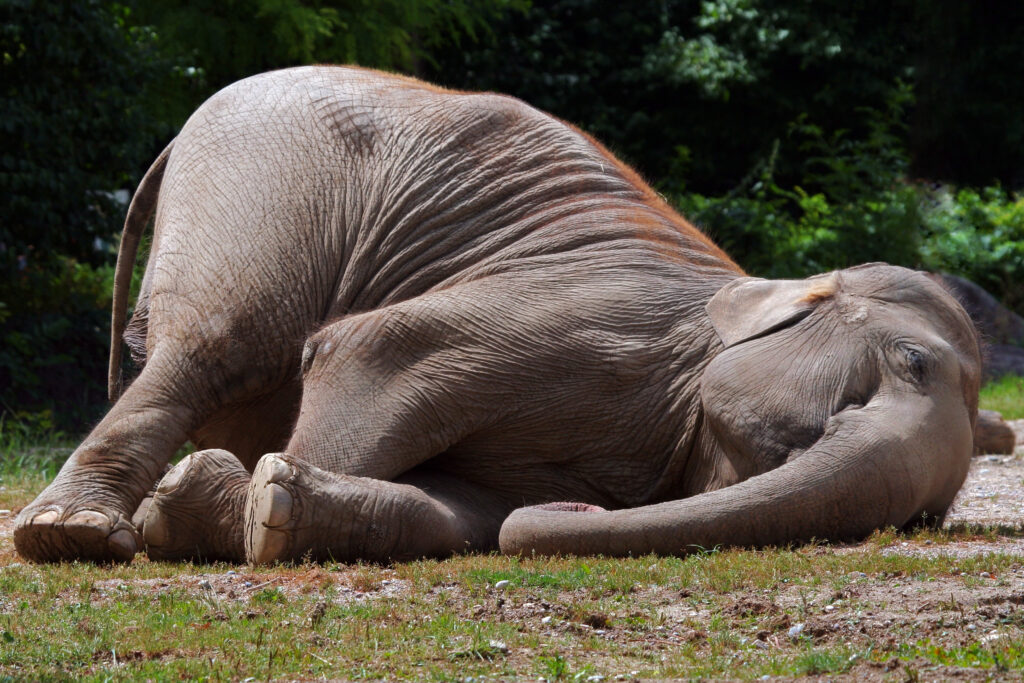
Asian elephants have gained a reputation not only for their intelligence but also for their knack for revelry. In the jungles and grasslands of Southeast Asia, these gentle giants often indulge in overripe fruits, especially durians and palm fruit, which can ferment on the vine to create a natural alcoholic beverage. According to Caitlin O’Connell in The Elephant’s Secret Sense, the elephants’ penchant for fermented fruit leads them to behave in ways that could resemble our own tipsy antics, complete with swaying, playful mud fights, and raucous vocalizations—an unmistakable sign of their joy.
Watching a group of elephants engage in a playful mud bath after indulging is a heartwarming spectacle. They roll and splash each other, creating an atmosphere reminiscent of a summer festival. Their social structure plays a crucial role in these celebrations; female elephants, often matriarchs, teach younger ones the best foraging methods, ensuring that these festive traditions continue. This combination of fun and familial bonding sets these lovely giants apart in the wild (Source: O’Connell).
2. Macaques: The Free-Spirited Socialites

Japanese macaques, commonly known as snow monkeys, showcase a wild side that is both endearing and entertaining. In their mountainous habitat, these primates engage in what can only be described as festive gatherings—especially notable during harvest season when they consume fermented fruits. M. H. O. Watanabe writes in Japanese Macaques: The Snow Monkeys that these macaques are often seen munching on fallen apples, leading to carefree interactions and playful antics that resemble a party atmosphere.
These drunken escapades foster social bonding among the macaques, who engage in playful grooming and vocalizations, often displaying behaviors that are heartwarming and entertaining. Their ability to find joy in simple pleasures and create a sense of community represents the importance of socialization and celebration among animals: Watanabe).
3. Cuttlefish: The Ultimate Dance Party
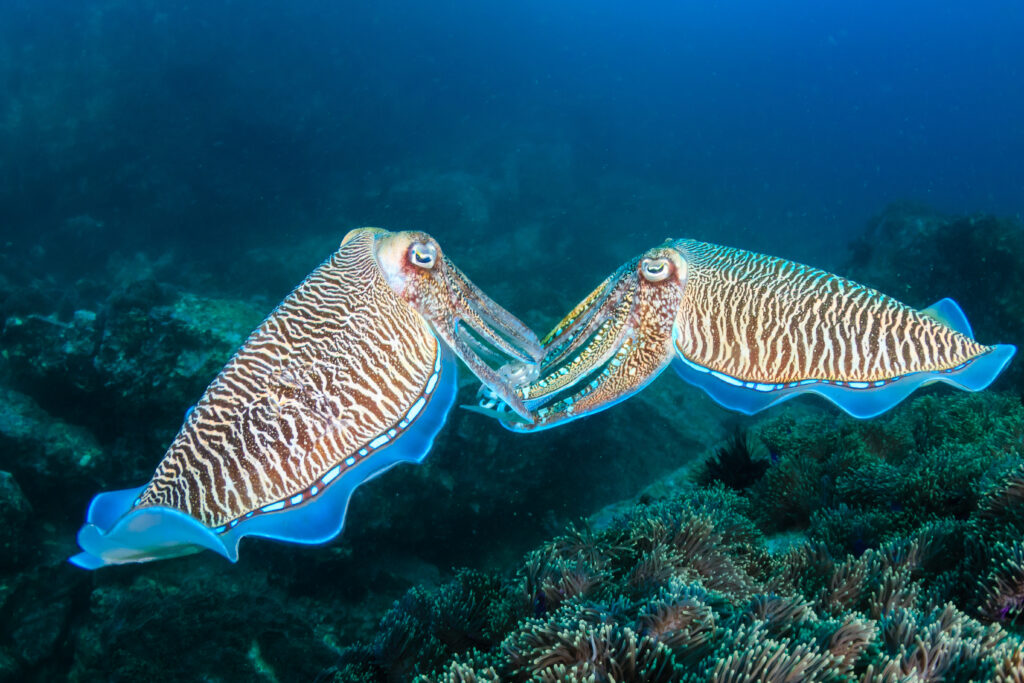
In the magnificent depths of the ocean, cuttlefish are absolute masters of the party scene. Known for their stunning ability to change color and texture, these intelligent cephalopods engage in elaborate courtship displays that are nothing short of spectacular. During mating season, males perform elaborate dances, flashing vibrant colors and showcasing their agility in a bid to enthrall females.
Roger Hanlon explains in The Cuttlefish: The Master of Disguise that the males not only display dominance through their movements but also employ a strategy of “shadow boxing” as they mimic competitors’ gestures. Their underwater gatherings resemble a rave beneath the waves, complete with mesmerizing light shows. These dynamic performances not only highlight their mastery of the aquatic arena but also serve as profound examples of evolution and adaptation in animal behavior.
4. Fruit Flies: Tiny Party Animals
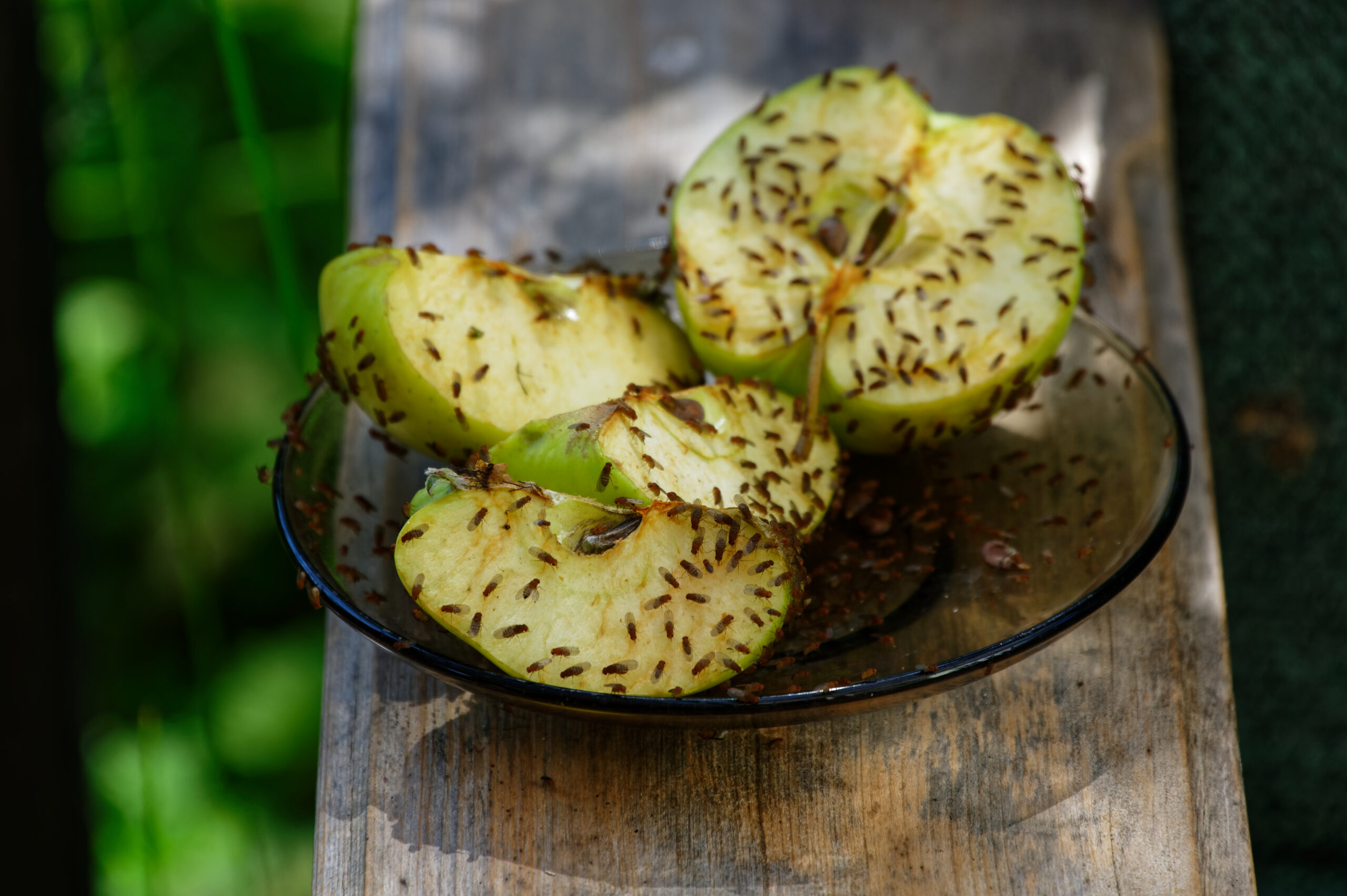
Fruit flies, while small and often seen as pests, have a party culture that rivals even the grandest human gatherings! As these tiny insects flock to fermented fruits, the intoxicating scent of ethanol draws them in like moths to a flame. Research shows that ethanol serves as an attractant, leading to lively interactions among the flies that resemble a bustling nightlife. As noted in Fruit Fly Alcohol Preference: A Public Health Perspective by Julie E. B. Hereford, it’s fascinating to see how their social dynamics change under these circumstances.
Lower concentrations of alcohol can even enhance their social behaviors, prompting males to showcase competitive courtship displays. This comedic mishmash of courtship antics leaves scientists pondering the extent of their buzz, creating a vibrant social scene that reveals much about the behaviors of these seemingly simple insects (Source: Hereford).
5. Wallabies: The Drinkers Down Under
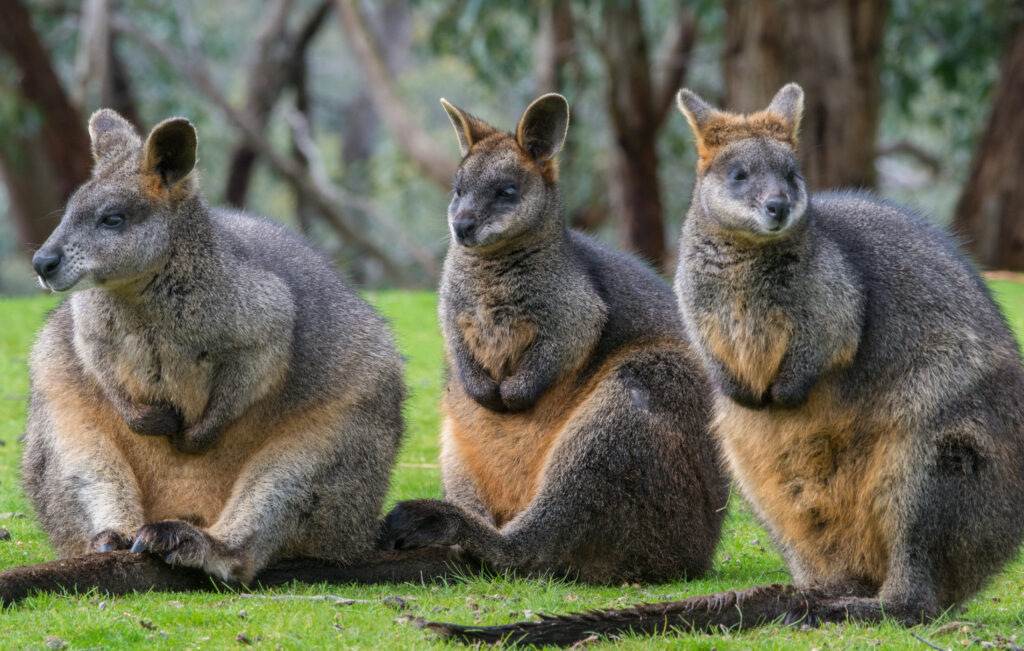
In the vast, sun-drenched landscapes of Australia, wallabies have figured out how to kick back and enjoy life. When the harvest season rolls around, these marsupials raid vineyards and devour fermented grapes, leading to ungainly yet comical behavior as they become intoxicated. Reports from the Australian Broadcasting Corporation reveal that locals often spot these wallabies hopping about vineyards, where their playful antics mirror a jovial gathering complete with friendly nudges and tipsy tumbles.
Despite the trouble they cause for farmers, the sheer joy radiating from a group of wallabies adds to their charm. Each foraging trip becomes a community event where wallabies bond with one another, showcasing their cleverness and adaptability in the wild (Source: Australian Broadcasting Corporation).
6. Dung Beetles: The Champions of the Party Scene
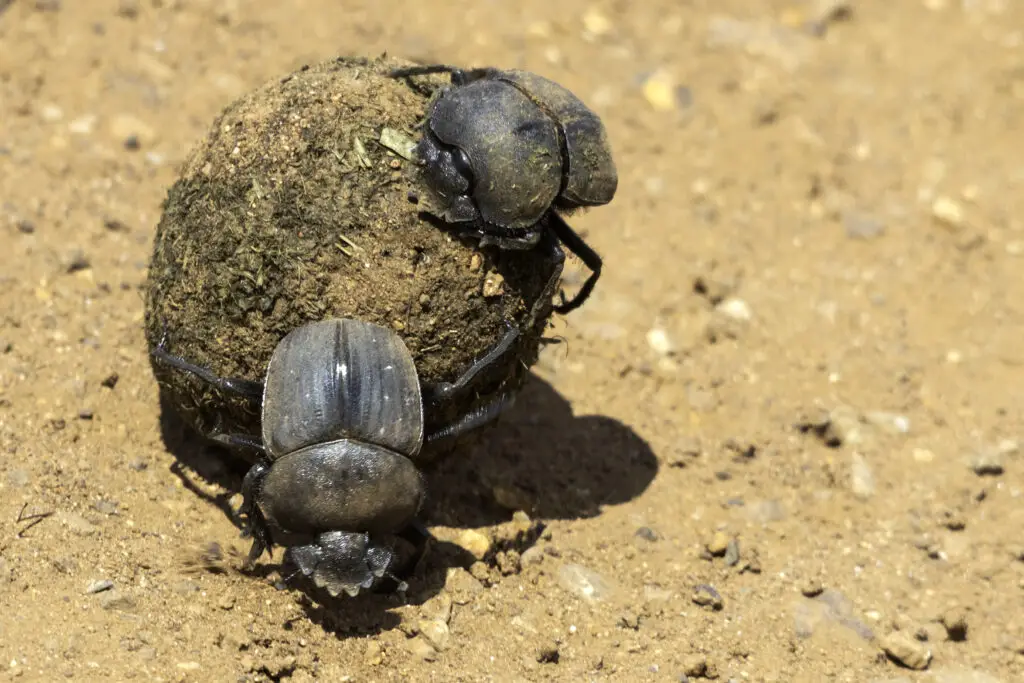
Dung beetles might not be the first creatures that come to mind when considering a wild party, but in their world, rolling dung is an art form and certainly a social event. Males engage in competitive behaviors while rolling dung balls—essential for mating success. As documented in The Dung Beetle: The Role of Dung in the Ecology of Dung Beetles by Jürgen Schmidt, the competition among males to impress females can escalate, leading to elaborate “dance-offs” that add chaos to the festivities.
These small but mighty beetles engage in wrestling matches around their dung balls, showcasing their strength and agility. Interestingly, they can become intoxicated from the fermentation of the dung they consume, adding an unpredictable twist to these wild celebrations—a true testament to the spontaneous nature of parties in nature (Source: Schmidt).
7. Bees: The Dance That Calls the Party

Honeybees are industrious creatures, but they also understand the importance of social gatherings. Upon discovering a new source of nectar, a forager bee returns to the hive to perform the famous “waggle dance.” As described in Honeybee Biology and Beekeeping by Dewey M. Caron, this intricate dance is more than a performance; it’s a meticulous communication strategy, conveying distance and direction to other worker bees.
During enthusiastic dance sessions, the hive buzzes with excitement, prompting the rest of the colony to join in the foraging mission. This collective effort transforms a simple search for food into a joyful occasion akin to a block party where teamwork and celebration reign supreme (Source: Caron).
8. Pigeons: The Urban Party

Pigeons may be ubiquitous in urban environments, but their social lives can surprise those who view them simply as scavengers. In busy parks and city streets, these birds gather to engage in communal feeding, creating what looks like a festive gathering among their peers. Dr. Andrew J. D. Lawrence notes in Pigeons: The Fascinating History of the World’s Most Versatile Bird that they form strong social bonds and interact vibrantly, turning an ordinary meal into a lively communal event.
Pigeons establish dominance through displays that resemble party antics—a flapping of wings, a chorus of coos, and playful interactions create an atmosphere full of life and excitement. Researchers have documented these behaviors, illustrating how pigeons celebrate finding food as a social event, emphasizing their ability to turn even the most mundane of activities into a spirited gathering (Source: Lawrence).
9. Fiddler Crabs: Dance-Offs by the Shore
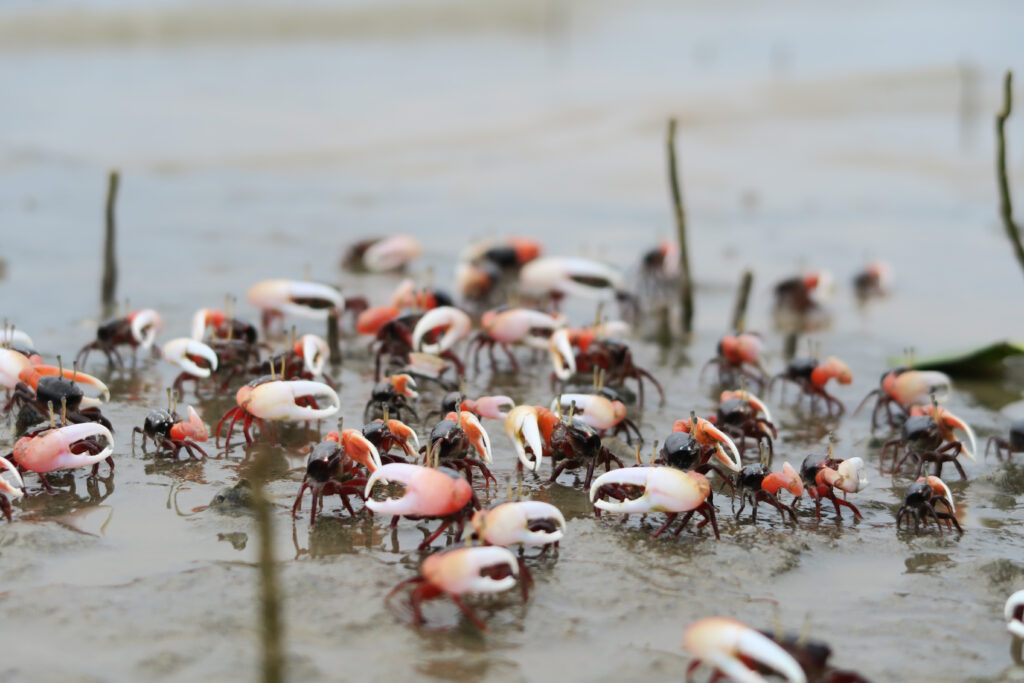
On sandy beaches worldwide, fiddler crabs unfold a party scene unlike any other. During the mating season, males wave their oversized claws in elaborate courtship displays, dramatically attracting the attention of potential mates. Roger M. O’Brien illustrates in Fiddler Crabs: The Amazing Mating Dance that these gatherings not only serve as competitions but also transform the beaches into lively arenas of dance.
Male fiddler crabs gather in groups to show off their prowess, creating an energetic atmosphere filled with visual spectacles. These lively displays and frantic claw-waving encapsulate the spirit of an enthusiastic dance-off, showcasing the crabs’ abilities while emphasizing their intricate social structures. Such antics turn the flat shoreline into a vibrant celebration of life (Source: O’Brien).
10. Parrots: The Colorful Show-Offs
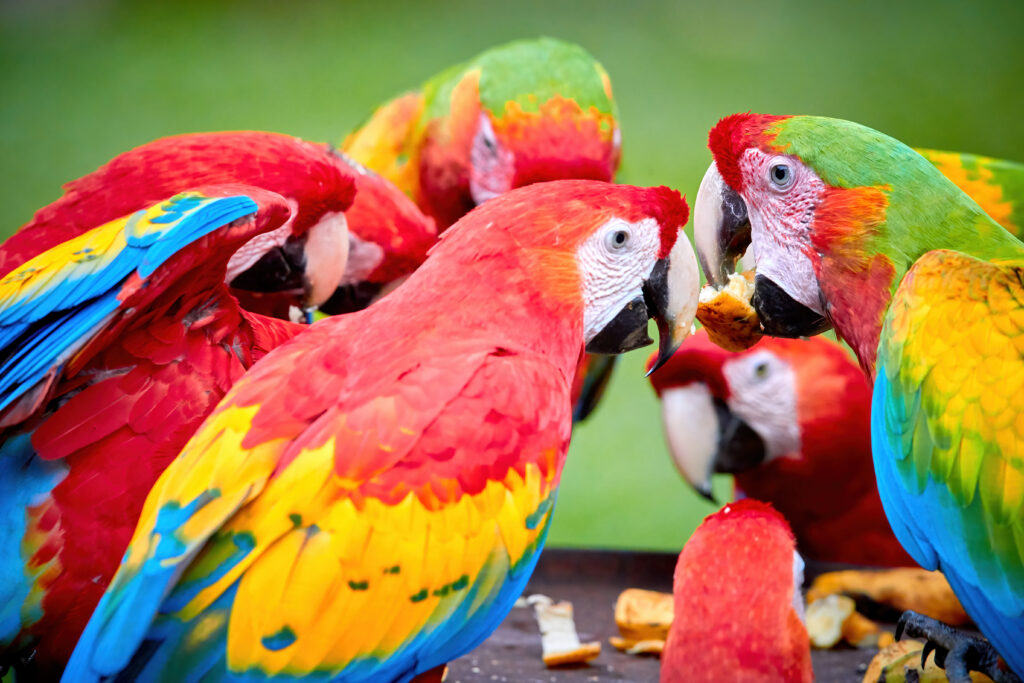
Lastly, let’s not discard our feathered friends—the parrots! Renowned for their vivacious colors and playful demeanor, these social birds know how to party in style. In the rainforests of South America and other tropical regions, parrots gather in flocks for raucous social interactions characterized by loud squawking and playful antics. Nicole M. Ainsworth describes in The Parrot Who Thought She Could Fly that parrots are also known to enjoy fermented fruits, leading to instances of drunken revelry.
Convincingly boisterous, these gatherings tap into the heart of social bonding and community, where vocal squawks, aerial displays, and lively interactions elevate their gathering to a festive affair. The sheer exuberance of parrots chatting and mimicking creates an exhilarating environment that reflects a joyful celebration shared among friends in the animal kingdom (Source: Ainsworth).
11. Moose: The Fermented Foodies
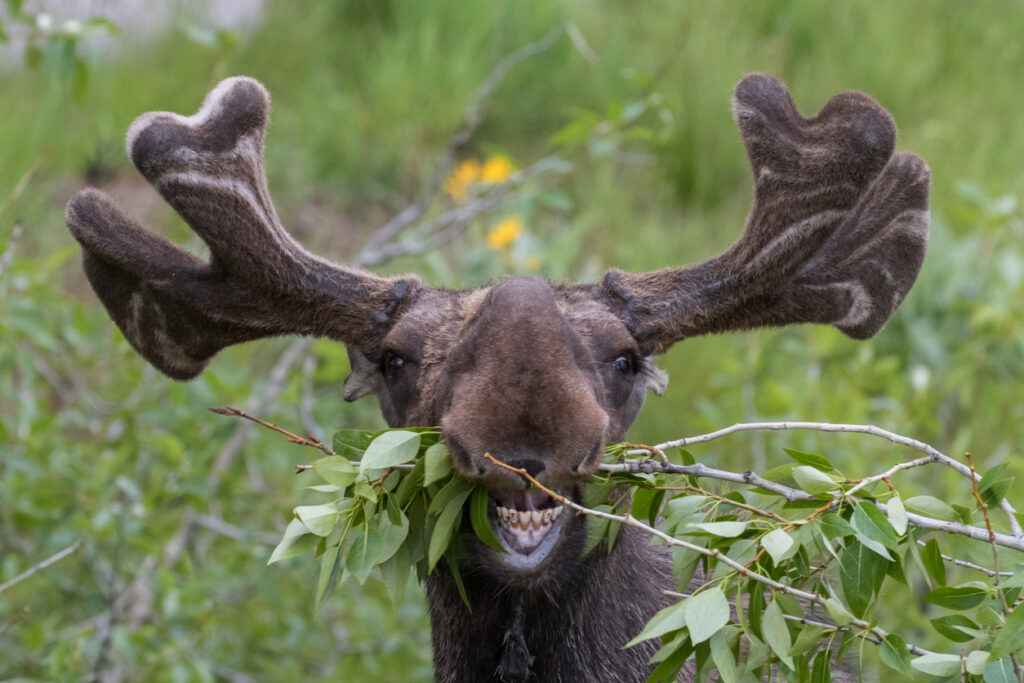
In the lush, temperate forests of North America, moose can often be found indulging in overripe apples and other fermented fruits. When these fruits begin to ferment, they create an alcoholic content that attracts these massive herbivores. Observations have shown that after feasting on these fermented treats, moose can exhibit behaviors reminiscent of intoxication. They may stumble or sway, providing both a comical and concerning sight for onlookers.
This behavior not only highlights the moose’s adventurous palate but also shows their occasional reliance on the natural fermentation process. Moose are solitary creatures, but their indulgence in fermented foods can sometimes lead to increased social interaction—likely drawn together by nearby food sources. The sight of a few moose swaying under the influence of fermented fruit is a reminder that even the largest animals can enjoy a good time in their natural habitat.
12. Cats: The Catnip High

Domestic cats often experience a euphoric reaction to catnip (Nepeta cataria), a member of the mint family that contains a compound called nepetalactone. When cats smell or ingest catnip, they may engage in a variety of playful behaviors such as rolling, purring, and increased vocalization, resembling a joyful party atmosphere. This response occurs in about 50-75% of cats, making it a delightful source of amusement for their human companions.
The effects of catnip usually last for about 10-15 minutes, after which cats typically lose interest. This short-lived burst of playfulness showcases not just their love for exploration but also their instinctual behavior. In a multi-cat household, a few cats might engage in thrilling “catnip parties,” where they chase each other and engage in antics that highlight their playful nature. Such gatherings are a testament to the ecstatic joys of nature, echoing human celebrations in their joyful chaos.
13. Dolphins: A Taste for Pufferfish

Dolphins are known for their intelligence and playfulness, and they exhibit remarkable behaviors when they encounter pufferfish. These aquatic mammals have been observed gently chewing on the pufferfish, which contains a potent toxin called tetrodotoxin. While this toxin is lethal in large doses, dolphins appear to have an instinctive understanding of how to consume the fish in moderation, seeking out the psychoactive effects it can produce.
The behavior can lead to disoriented and euphoric states, resembling a high rather than traditional intoxication. Observers report dolphins engaging in erratic swimming and playful interaction after consuming the pufferfish. This fascinating interaction showcases the dolphins’ intelligence and curiosity, allowing them to experience a unique form of entertainment under the sea.
14. Ants: The Drunken Competitors
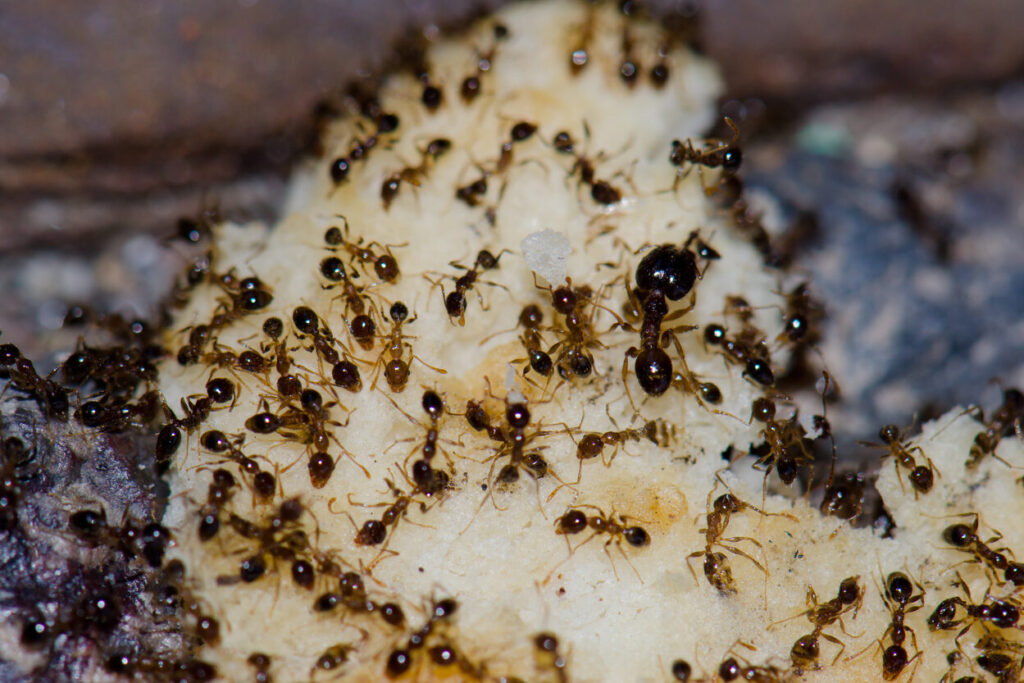
Ants, specifically some species that feed on honeydew from aphids, face the effects of alcohol when the honeydew ferments. When consumed, the alcohol can impair their coordination and alter their behaviors, leading to chaotic interactions within their colonies. Research indicates that intoxicated ants may struggle to navigate their environment, impacting their foraging abilities and social interactions with fellow ants.
Interestingly, intoxicated ants can influence the overall colony dynamics. In some instances, the social structure may change as certain ants become less responsive to cues from their peers. This behavior underlines the fragility of social systems among ants—it highlights how even small amounts of alcohol can disrupt their usually harmonious and organized way of life, showcasing nature’s complexity.
15. Giraffes: The Leafy Indulgers
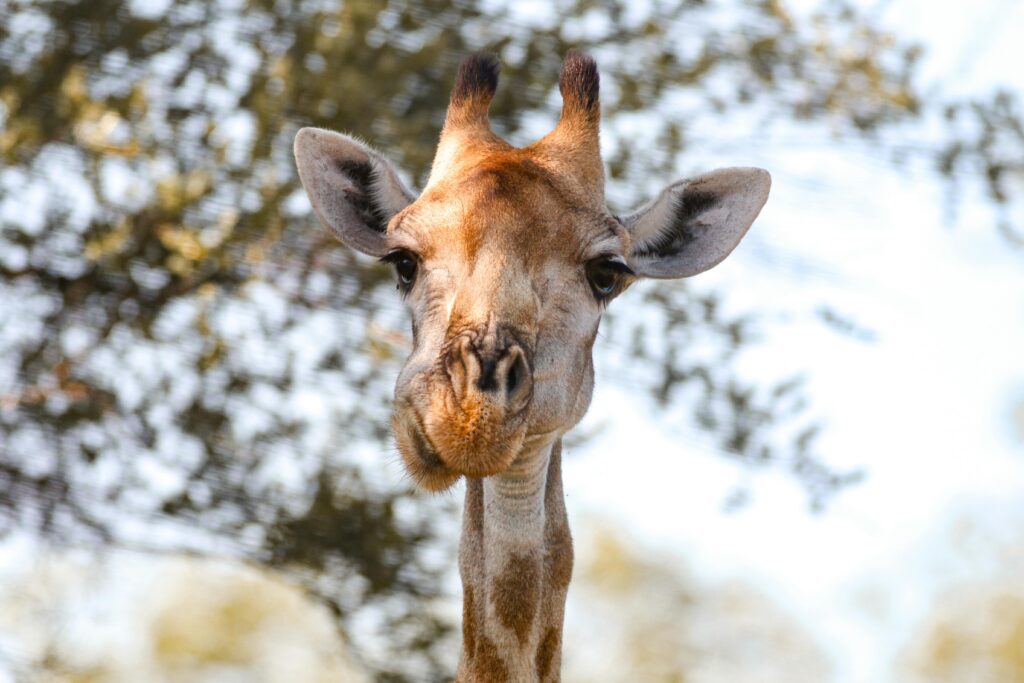
In the savannas of Africa, giraffes are known to indulge in a variety of leaves, including those from acacia trees. When these leaves become overripe and ferment, the resulting alcohol can lead to effects similar to drunkenness in these towering mammals. Observers have noted that giraffes feeding on fermented acacia leaves may exhibit quirky behaviors, such as swaying or having difficulty balancing, creating a humorous scene in their natural habitat.
Despite their imposing size, giraffes display a gentle temperament, and these uncharacteristically playful antics after indulging underscore their capacity for joy. The act of consuming fermented leaves not only satisfies their dietary needs but also adds a layer of social interaction as they forage together. Giraffes’ painted patterns dance under the sun while they experience the effects of their naturally occurring party food, bringing a whimsical spirit to the African landscape.
16. Sloths: The Slow Drunks

Sloths are fascinating creatures known for their slow metabolism and relaxed lifestyle. However, their diet, which consists mainly of leaves from various trees, can occasionally include those that ferment within their digestive systems. This fermentation process can produce mild alcohol, causing periodic bouts of lethargy or bizarre behavior. Although sloths are inherently slow, their movements may become even more languid when under the influence of fermented leaves, lending a comedic flair to their already unique mannerisms.
These moments of “drunkenness” can lead to amusing interactions with other wildlife as sloths meander through the canopy, perhaps more unsteady than usual. The effects of their leafy meals remind us that even the most tranquil of creatures can experience altered states of consciousness, and in their slow and steady world, these moments can be both entertaining and charming witnesses to nature’s nuances.
The animal kingdom is full of surprises, and how various species engage with substances to alter their consciousness is endlessly fascinating. From the playful antics of drug-induced dolphins to the laid-back lifestyle of sloths experiencing the mellowing effects of fermented leaves, these behaviors provide insight into the playful, curious, and sometimes reckless aspects of wildlife. Whether it’s through the consumption of fermented fruit or the sniffing of catnip, animals often seek out these experiences, illustrating that the desire to have fun and seek pleasure is not limited to humans alone. By studying these behaviors, we gain a greater appreciation for the complexity of animal lives and the shared instincts that connect us all in this vibrant tapestry of life.


